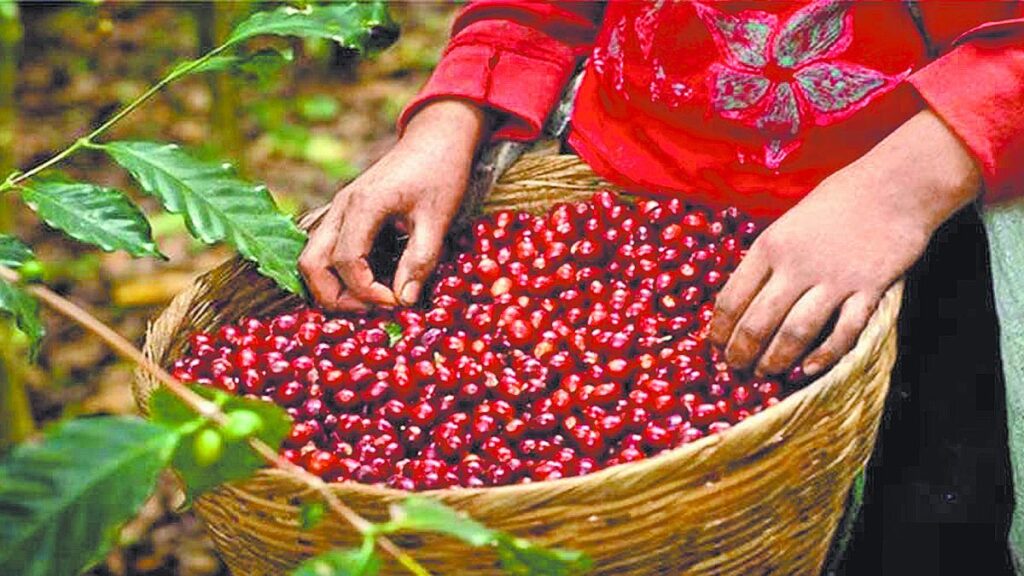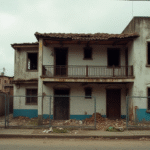Overview of the Situation
Following a new Executive Order from the U.S. Government that modifies reciprocal tariffs implemented in April 2025, Colombia now faces a 10% tariff. Analdex and AmCham Colombia analyzed that this change could even enhance the country’s competitiveness in certain sectors compared to others with higher tariffs.
Impact on Key Exports
Analdex explained that the impact of this measure will primarily affect Colombia’s main exports, including oil, derived fuels, and gold. These products are currently tariff-free and account for approximately $7.2 billion.
Colombian coffee also continues with a 10% tariff in certain markets. In comparison, Brazil and Vietnam face tariffs of 50% and 20%, respectively, giving Colombia a competitive edge in this product. In 2024, Colombian coffee exports reached around $1.3 billion.
Floriculture Sector
Analdex highlighted that Colombia remains the leading supplier of flowers to the U.S., with estimated sales of $2.7 billion in 2024, surpassing Ecuador’s second place with $1.6 billion. Ecuador will face tariffs between 22% and 23%, “15% more than Colombia’s 6% to 7% tariff due to the lack of a free trade agreement,” according to the statement.
Manufacturing Sector
Colombian exports of aluminum windows and steel products are subject to a 50% tariff if not produced with American steel or aluminum. Analdex stated that this creates equal conditions for all exporting countries under this criterion. However, challenges persist for products like avocados, citrus fruits, and aromatic herbs, where Colombia faces a disadvantage compared to Mexico due to tariff conditions and market access.
Recommendations
Analdex advised staying informed about the trade situation with the U.S. through official channels due to constant changes in this field.
AmCham Colombia’s Response
AmCham Colombia also provided a detailed analysis of the new Executive Order issued by the U.S. Government.
Regarding Colombia, AmCham stated that it is neither considered a negotiating nor a transgressing country. It is not sanctioned but also does not receive benefits. They concurred that, compared to direct competitors like Vietnam (20%) and India (25%), Colombia could gain competitiveness in sectors such as garments, flowers, and industrialized coffee.
Key Questions and Answers
- What is the new tariff situation for Colombia? Following a U.S. Executive Order, Colombia now faces a 10% tariff in certain markets.
- Which sectors benefit from this tariff change? Colombia gains competitiveness in coffee, flowers, and garments compared to countries like Vietnam and India.
- What are the key exports affected by this tariff change? Colombia’s main exports, including oil, derived fuels, gold, and coffee, remain tariff-free.
- How does this impact the floriculture sector? Colombia maintains its lead as the primary supplier of flowers to the U.S., while Ecuador faces higher tariffs.
- What challenges remain for other sectors? Colombia faces disadvantages in avocados, citrus fruits, and aromatic herbs compared to Mexico due to tariff conditions.
- What advice does Analdex offer? Stay informed about trade changes with the U.S. through official channels.






